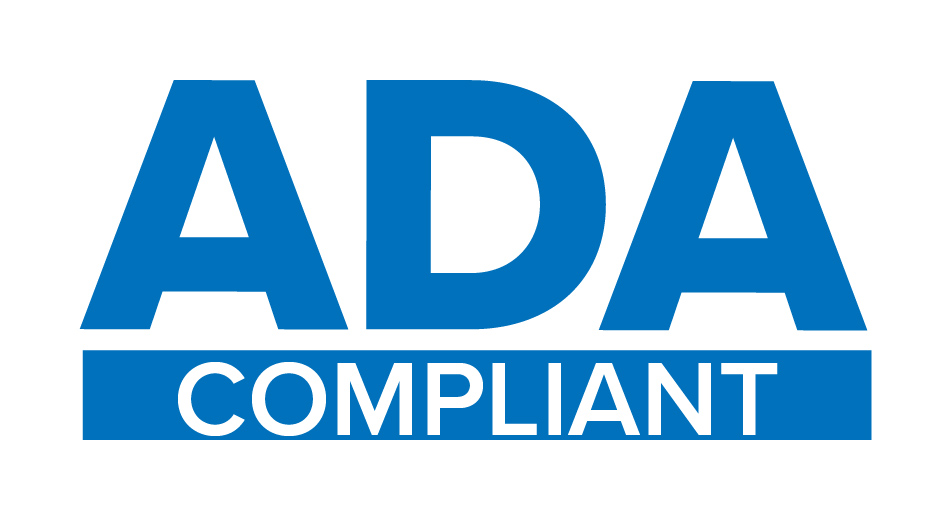Prairie-chicken populations, both lesser and greater, in Oklahoma have decreased over the last 30 years. They require 25,000- to 50,000acre blocks of contiguous habitat that contain at least 30 percent shrub cover (mostly sand sagebrush for lesser prairiechicken), along with native grasses and forbs.
Loss of Habitat
Many activities have a negative impact on their populations. Current impacts include wind and solar complexes; some oil and gas activity; over-grazing; woody encroachment; and prescribed burning quantity, timing, and frequency (both too little AND too much regarding greater prairie-chicken).
Greater prairiechicken historically ranged through central Oklahoma and south into Texas, but are now mostly located in the northern Oklahoma counties (Kay, Osage, Nowata, and Craig) on big ranches along the Kansas border. The Oklahoma Department of Wildlife Conservation (ODWC) has lek survey routes that are run every spring to get a population trend. These routes show a gradual decline in lek numbers from 2005 (32 leks) to 2024 (seven leks). They are listed as an Oklahoma species of greatest conservation need (SGCN) in Oklahoma’s State Wildlife Action Plan (SWAP).
Lesser prairie-chicken are now mostly located from Ellis County north into Harper and Beaver Counties, with some isolated pockets also in Woods and Roger Mills Counties. Their population has also been in decline over the last 30 years. ODWC has been running lek surveys for decades and has recently started to contract them out. The 2022 surveys found 11 leks in Cimarron, Texas, and western Beaver Counties, and the 2023 surveys in eastern Beaver and western Harper Counties found 23 leks. The 2024 surveys in eastern Harper and Woods counties found zero leks, and the 2025 surveys in Ellis County found 19 leks. They are a threatened species in Oklahoma under the U.S. Fish and Wildlife Service’s Endangered Species Act.
Reason to Hope
There is some hope. The Northern bobwhite is a reproductive boomand- bust species like the prairie-chicken and their population has rebounded dramatically over the last two years. While we hope that prairie-chicken numbers have rebounded as well, it will take more time to see, as their population was much smaller to begin with. Hopefully, future lek surveys will show an increase.
Additionally, landowners and entities have come together since around 2010 to partner with the U.S. Fish and Wildlife Service (USFWS) and ODWC into a voluntary Oklahoma Agricultural Candidate Conservation Agreement with Assurances (CCAA). The enrolled acreage is 366,375 total acres from 76 landowners. Grazing exclosures are used to monitor grass height and grazing utilization to help landowners maintain a “take half and leave half” model to maintain enough grass for the next spring’s nesting and cover.
Woody encroachment is a big problem for prairie chickens, but agencies have come together to target brush management and pro- mote prescribed burning. Eastern red cedar has been designated as a state-listed invasive species. The NRCS and the Great Plains Grassland Initiative have focused funding on eastern red cedar removal in dispersal and recruitment areas and maintaining cedar-free grasslands through prescribed burning.
The Environmental Quality Incentives Program (EQIP) is also available through NRCS to target heavier concentrations of established cedars. The USFWS Partners for Wildlife program has many projects annually helping landowners remove cedars and burn. ODWC also has a Wildlife HabitatImprovement Program (WHIP) that can help with brush management and other practices or technical assistance. The Oklahoma Prescribed Burn Association has established many local prescribed burn associations (PBAs), and odds are, there is one close to you. These local PBAs are designed to help build a community of local neighboring landowners who pool time and resources to implement prescribed fire in a local area.
With this combined effort, the future for large tracts of native grasslands in Oklahoma looks promising.
If you are interested in improving native grasslands in Oklahoma, and through that helping Oklahoma’s prairie-dependent birds, including the prairie-chicken, please contact us at the ODWC or any of these agencies for questions and technical assistance. We would be glad to help.



